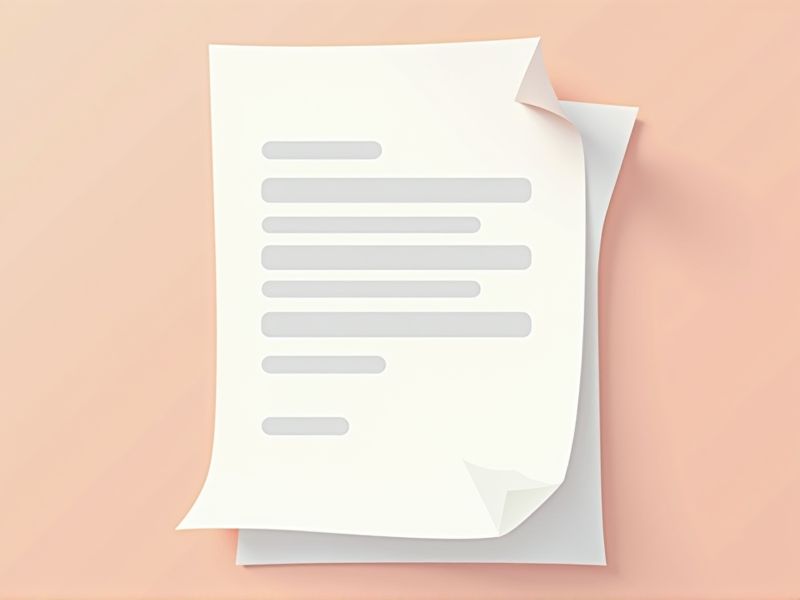
A well-structured letter format for payment is essential for clear and professional communication between parties involved in a financial transaction. Whether you are requesting payment, confirming receipt, or providing payment details, using the correct format helps ensure your message is understood and acted upon promptly. Key elements include the sender's and recipient's information, a clear subject line, a polite yet direct body outlining the payment details, and a courteous closing. Including all necessary details such as invoice numbers, due dates, and payment methods can prevent confusion and delays. To assist you further, this article offers a variety of payment letter templates tailored to different situations--feel free to explore them for your specific needs.
Samples of letter format for payment
Business Payment Letter Format
Formal Payment Request Letter Template
Payment Reminder Letter Format Example
Sample Payment Authorization Letter
Payment Confirmation Letter Format
Payment Adjustment Letter Template
Payment Dispute Letter Format Guideline
Invoice Payment Follow-Up Letter Format
Professional Letter For Overdue Payment
Personal Payment Agreement Letter Example
Letter Format For Installment Payment Plan
Notice Of Payment Due Letter Template
Letter Format For Partial Payment Request
Payment Receipt Acknowledgment Letter
Letter Format To Request Expedited Payment
Payment Terms Reminder Letter Format
Letter Template For Payment Settlement
Apologetic Payment Delay Letter Format
Confirmation Letter For Payment Arrangement
Termination Of Payment Agreement Letter Format
Important Things to Know when Writing Letter Format For Payment
Clear Payment Details (Amount, Invoice Number, Due Date)
When crafting a letter for payment, it's essential to include clear payment details to facilitate processing. Specify the exact amount owed, along with the corresponding invoice number for reference. Including the due date ensures that the recipient is aware of the timeline for payment, reducing the chances of delays. A well-structured letter enhances communication and helps maintain a professional relationship.
Recipient’S Full Name And Address
The recipient's full name and address are crucial components of a payment letter format, ensuring that the payment reaches the correct individual or organization. Including this information not only establishes clear communication but also helps to prevent any delays or misdirected payments. Make sure to write the name legibly and double-check the address for accuracy before sending the letter. A well-formatted payment letter can enhance professionalism and facilitate smoother transactions.
Proper Salutation And Closing
A proper salutation sets a respectful tone for your payment letter, ensuring you address the recipient by their appropriate title and name. The body of the letter should clearly state the payment details, including the amount, due date, and any relevant invoice numbers. Concluding the letter with an appropriate closing, such as "Sincerely" or "Best regards," reinforces professionalism and leaves a positive impression. Always remember to include your name and contact information beneath the closing to make it easy for the recipient to reach you with any questions.
Professional And Concise Language
Using professional and concise language in a payment letter is crucial for clear communication. It establishes a respectful tone and reflects your commitment to business etiquette. Ensure the letter includes essential details such as the payment amount, due date, and any relevant account information. This not only facilitates efficient processing but also helps to maintain a positive relationship with the recipient.
Contact Information For Queries
When preparing a payment letter, including your contact information is crucial for any queries that may arise. This typically involves listing your name, phone number, and email address clearly at the top or bottom of the letter. By providing these details, you facilitate communication and ensure that any questions regarding the payment process can be swiftly addressed. Keeping this information accessible adds a layer of professionalism and helps maintain transparency with the recipient.
